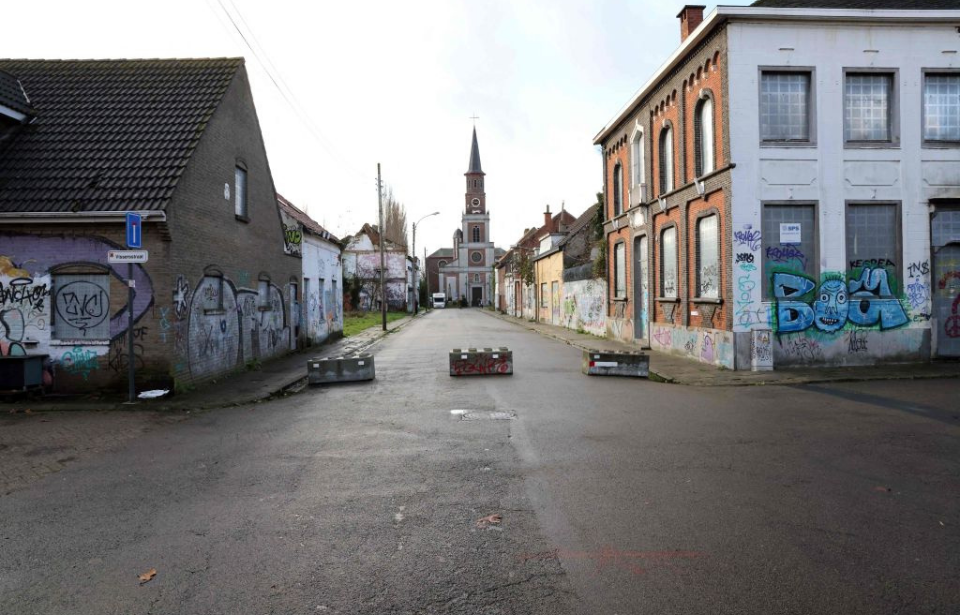Located along the Scheldt river, in the Flemish province of East Flanders, sits the small and largely-abandoned village of Doel. Since the mid-1960s, the community has been threatened with demolition to make way for the expansion of the Port of Antwerp. After decades of fighting against industry and the Belgian government, local residents have won their battle, with a deal reached that’ll allow the village to remain standing.
Doel’s history dates back centuries
While the first mention of the village was recorded in 1267, Doel’s official history dates back to the Eighty Years’ War, when the Seventeen Provinces revolted against Philip II of Spain, the sovereign of the Spanish Netherlands. Fighting occurred from May 1568 to January 1648, concluding with the recognition of the Dutch Republic and the creation of the Dutch colonial empire.
Spain retained power over the Southern Netherlands.


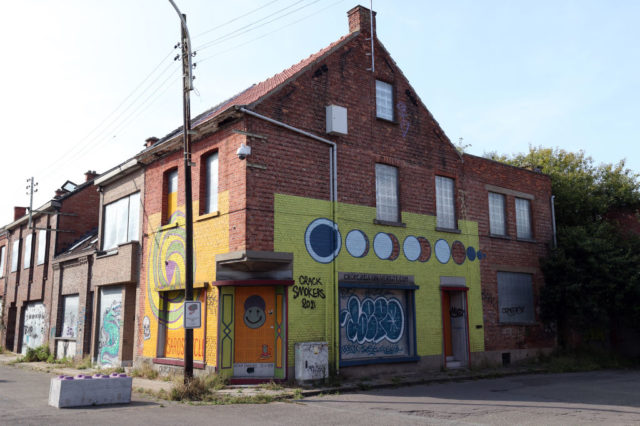
Until the 1700s, Doel was an island surrounded by land that had purposely been flooded, and today features farmland that, from above, look like a checkerboard. At its height in the 1970s, the village was home to some 1,300 residents.
Home to numerous historic buildings
Doel is home to a number of historic buildings, including some of the oldest in Belgium. This includes the country’s oldest stone windmill, as well as the only windmill situated on a seawall. It also features a number of homes dating back centuries, as well as an historic inn and school, among other buildings.
The village is also home to a residence that once belonged to the family of Baroque painter Peter Paul Rubens.



Outside of its historic architecture, the area is also home to the Doel Nuclear Power Station, located just north of the village. Situated along the banks of the Scheldt river, its four reactors produce power for not only Belgium, but the Netherlands and France, as well.
Plans to demolish the village of Doel become stalled
In 1965, the Belgian government announced plans to extend the Port of Antwerp, the second-largest port in Europe. To do this, Doel’s residents would have to leave the area and the village, demolished. Many of the area’s homes were condemned, but that didn’t stop families from protesting the decision.


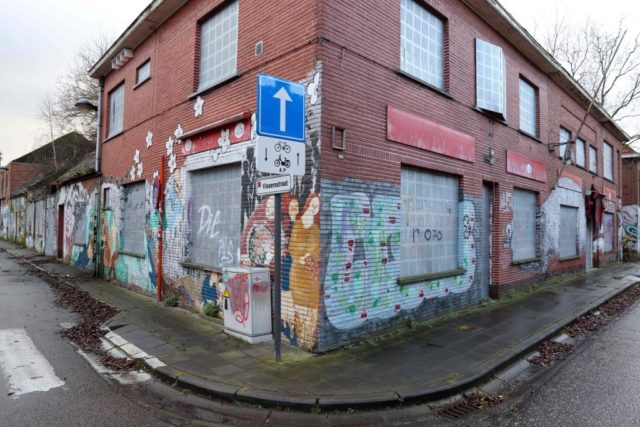
From the 1970s to the mid-1990s, residents and the government went back and forth over plans to demolish the village. While it appeared locals had succeeded in their efforts at one point, the initial plans were revived in 1995, and four years later the town was officially scheduled for demolition. At this time, many residents voluntarily left after being offered cash premiums for their homes.
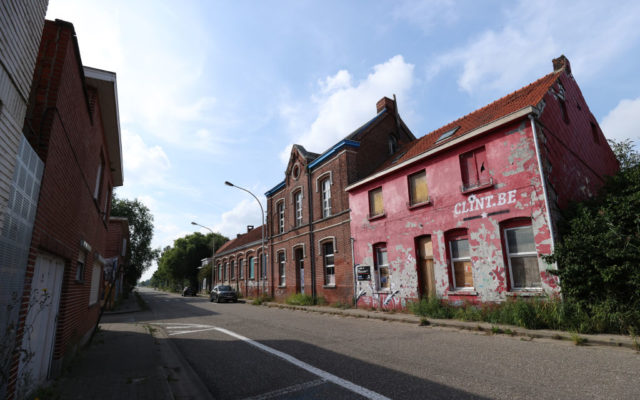


In 2007, a group calling themselves Doel 2020 decided the best way to save the village was to turn it into a street art mecca. By this time, just 350 residents remained. The effort saw many of Doel’s abandoned buildings turned into blank canvasses for those looking to showcase their creativity through graffiti. It is these art pieces that have caused Doel to become a popular location for urban explorers to visit.



By government order, residents were no longer allowed to inhabit the village as of September 1, 2009, but there were a few who resisted and remained in their homes. Many of Doel’s historic buildings were subsequently demolished, and a memorial to British soldiers killed near the area during World War II was removed.

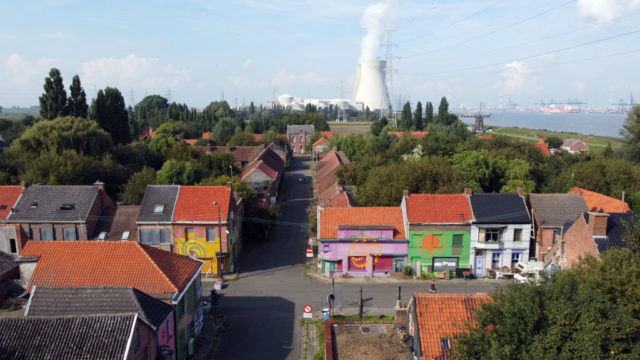

More from us: 630-Foot Deep Sinkhole Discovered in Southern China – Contains ‘Primitive’ Forest
The European Court of Justice ruled against the plan to expand the Port of Antwerp, citing its threat to the area’s marshlands. This was followed by a similar ruling by Belgium’s Supreme Court in 2016.
On March 30, 2022, a deal was reached that would allow for both Doel’s survival and the expansion of the port, along with the creation of a green buffer zone between the two. As well, it was announced the WWII monument would be returned to where it originally stood.
